Lar Gibbons
- January 17, 2024
- 0 comment
Lar gibbons, scientifically known as Hylobates lar, are enchanting primates that navigate the lush canopies of Southeast Asian rainforests. Distinguished by their striking appearance, Lar gibbons exhibit a contrast of black fur with distinctively white hands and feet. The species displays intriguing sexual dimorphism, with variations in fur coloration between males and females. These acrobatic creatures, measuring around 44 to 64 cm in body length (excluding the tail), are renowned for their agile brachiation – swinging gracefully from branch to branch. Living in monogamous family units, Lar gibbons form strong bonds with a mating pair and their offspring, showcasing a social structure characterized by complex vocalizations, including duets and distinctive calls echoing through the dense foliage.

Primarily frugivorous, Lar gibbons feast on fruits and leaves, contributing to the delicate balance of their tropical habitat. Sadly, these captivating primates face significant threats, including habitat loss due to deforestation, illegal wildlife trade, and human-gibbon conflicts. Consequently, Lar gibbons are classified as endangered, prompting dedicated conservation efforts aimed at protecting their diminishing populations. Conservation initiatives focus on habitat preservation, anti-poaching measures, and raising awareness about the species’ importance in maintaining the biodiversity of Southeast Asian ecosystems.
Despite their vulnerable status, Lar gibbons continue to play a vital role in the intricate tapestry of their native habitats. Their unique vocal repertoire and arboreal lifestyle contribute to the ecological health of the rainforests they call home. Appreciating the significance of Lar gibbons goes beyond their physical beauty; it extends to the essential role they play in sustaining the rich biodiversity of Southeast Asia.
| Specification | Description |
|---|---|
| Scientific Name | Hylobates lar |
| Common Names | Lar Gibbon, White-handed Gibbon |
| Geographical Range | Southeast Asia, including parts of Thailand, Malaysia, Myanmar, Sumatra, and parts of China |
| Habitat | Dense tropical rainforests and primary evergreen forests |
| Physical Characteristics | – Black fur with distinctive white hands and feet |
| – Sexual dimorphism with variations in fur coloration between males and females | |
| Body Length | Around 44 to 64 cm (excluding tail) |
| Tail Length | Reduced tail length, approximately 10 cm |
| Weight | Adult weight ranges from 4 to 8 kg |
| Social Structure | Monogamous family units with a mating pair and their offspring |
| Vocalizations | Complex vocal repertoire, including duets, loud calls, and hooting sounds |
| Diet | Primarily frugivorous, feeding on fruits, leaves, and occasionally insects |
| Lifespan | Average lifespan of 25 to 30 years in the wild |
| Conservation Status | Endangered due to habitat loss, illegal wildlife trade, and other threats |
| Conservation Efforts | Ongoing conservation initiatives focus on habitat protection, anti-poaching measures, and public awareness |
| Reproduction | Low reproductive rate with a relatively long gestation period and a single offspring born at a time |
| Behavior | Arboreal and highly adapted for brachiation (swinging from branch to branch) |
| Threats | – Habitat loss due to deforestation |
| – Illegal wildlife trade | |
| – Human-gibbon conflicts |
Lar Gibbons: Understanding the Harmony in the Trees
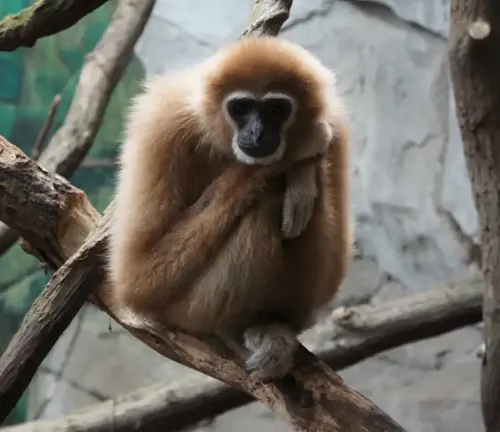
Lar gibbons, also known as white-handed gibbons, are captivating primates that swing through the trees of Southeast Asia. This article delves into the world of Lar gibbons, shedding light on their taxonomy, behavior, and the challenges they face in the modern world.
Taxonomy and Classification
Scientifically classified as Hylobates lar, Lar gibbons belong to the family Hylobatidae. These arboreal creatures find their habitat in the dense rainforests of Southeast Asia, spanning from Myanmar to Thailand and down to Sumatra.
Physical Characteristics
Known for their striking appearance, Lar gibbons exhibit unique features. Their distinctive white fur on the hands and feet sets them apart, and interestingly, there is a significant difference in coloration between males and females, showcasing sexual dimorphism.
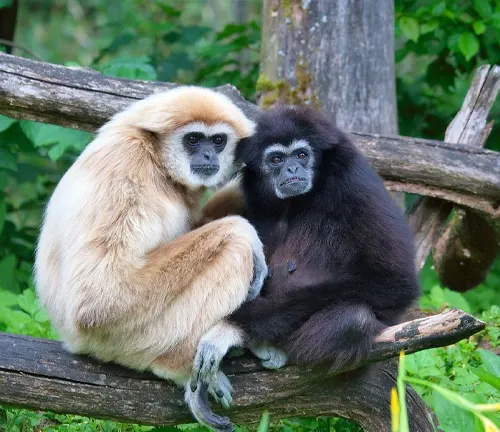
Behavior and Social Structure
Lar gibbons are family-oriented primates with a monogamous social structure. Their acrobatic displays and melodious vocalizations play a crucial role in communication within the group. Understanding their social dynamics provides insights into their survival strategies.

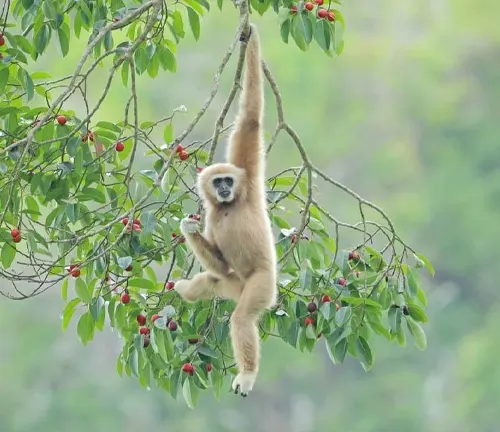
Diet and Feeding Habits
The article explores the primary food sources of Lar gibbons and how their diet contributes to the overall balance of the ecosystem. From fruits to leaves, their dietary habits play a crucial role in shaping the biodiversity of their habitat.
Conservation Status
Examining the current population trends of Lar gibbons reveals the challenges they face. Habitat loss and illegal poaching contribute to their vulnerable status. The article emphasizes ongoing conservation efforts and the need for global awareness.
Human-Gibbon Conflict
The interaction between Lar gibbons and humans can sometimes lead to conflicts. Understanding these challenges and exploring potential solutions is vital for fostering coexistence and minimizing negative impacts on both sides.
Ecological Impact
Gibbons play a significant role in maintaining the balance of their ecosystem. The article highlights the cascading effects of habitat loss on Lar gibbons and the broader ecological consequences.
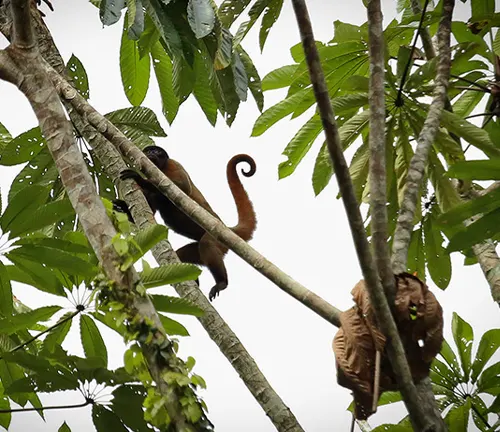
Research and Conservation Initiatives
Ongoing research initiatives provide valuable insights into Lar gibbon behavior and ecology. The article encourages individuals to support conservation efforts and emphasizes the collective responsibility to protect these unique primates.
Captive Gibbons and Ethical Concerns
Examining the ethical considerations surrounding captive Lar gibbons raises questions about the role of zoos and breeding programs. The article explores the challenges and advocates for ethical treatment in captive settings.
Educational Initiatives
The importance of raising awareness about Lar gibbons is discussed, along with educational programs aimed at promoting gibbon conservation. Engaging communities and individuals in the cause is vital for long-term success.
Positive Impact of Gibbons on Local Cultures
Gibbons hold significance in local folklore and traditions. Collaborations between communities and conservationists highlight the positive impact of these primates on both cultural heritage and biodiversity.
Different Species
Hylobates lar lar
(Common Lar Gibbon)
Found in parts of Thailand, Malaysia, and Myanmar. Recognizable by their black fur and distinctive white hands and feet.

Hylobates lar entelloides
(Sumatran Lar Gibbon)
Indigenous to the island of Sumatra, Indonesia. Exhibits variations in fur color, with some individuals having lighter or darker coats.

Hylobates lar vestitus
(West Sumatran Lar Gibbon)
Inhabits the western part of Sumatra. Known for its unique vocalizations and social behaviors.
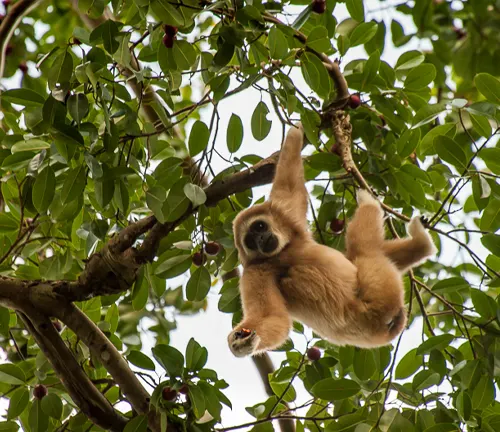
Hylobates lar siamang
(Siamang)
Although considered part of the Lar gibbon species, the Siamang is distinct. Larger than other Lar gibbons, with a characteristic throat sac.

Frequently Asked Question (FAQs)
1. What is the average lifespan of a Lar gibbon in the wild?
Lar gibbons typically have an average lifespan of 25 to 30 years in their natural habitat.
2. How do Lar gibbons contribute to the health of their ecosystem?
Gibbons play a crucial role in seed dispersal, helping maintain biodiversity by promoting the growth of various plant species.
3. Are Lar gibbons endangered, and what are the main threats they face?
Yes, Lar gibbons are considered endangered. Habitat loss due to deforestation and illegal wildlife trade are major threats to their survival.
4. Do Lar gibbons form lifelong bonds with their mates?
Yes, Lar gibbons are known for forming monogamous bonds with their mates and maintaining strong family units.
5. Are Lar gibbons territorial, and how do they mark their territory?
Yes, Lar gibbons are territorial. They mark their territory through vocalizations, including elaborate duets between mated pairs.
6. What is the significance of the white fur on Lar gibbons’ hands and feet?
The white fur on their hands and feet is thought to be a visual signal for communication within their group, helping individuals locate each other in the dense forest.
7. Can Lar gibbons survive in fragmented or disturbed habitats?
Lar gibbons are highly sensitive to habitat disturbance, and survival in fragmented areas is challenging due to their specialized ecological needs.
8. How do Lar gibbons adapt to changing environmental conditions?
Lar gibbons are not highly adaptable to rapid environmental changes, making them vulnerable to the impacts of deforestation and climate change.
9. Are Lar gibbons prone to specific diseases?
Like many primates, Lar gibbons can be susceptible to diseases such as respiratory infections. Habitat degradation can exacerbate these health risks.
10. Are there any cultural beliefs or superstitions associated with Lar gibbons?
In some local cultures, Lar gibbons are believed to possess mystical qualities, and their calls are sometimes associated with supernatural events.
11. Can Lar gibbons interbreed with other gibbon species?
Gibbons are generally species-specific, and interbreeding between different gibbon species is uncommon in the wild.
12. How do Lar gibbons communicate with each other?
Lar gibbons communicate through a variety of vocalizations, including loud calls and duets. These serve to establish territory, reinforce social bonds, and coordinate group activities.
13. What role do Lar gibbons play in the canopy ecosystem?
Gibbons are expert brachiators, swinging through the canopy. This behavior not only aids their mobility but also influences the structure of the forest canopy by creating pathways for other canopy-dwelling species.
14. How do Lar gibbons contribute to ecotourism and local economies?
In some regions, Lar gibbons can be a draw for ecotourism, generating income for local communities. Responsible ecotourism practices are essential to minimize potential negative impacts on the primates.


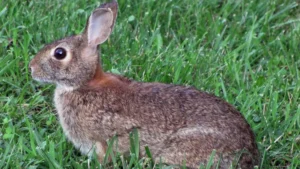



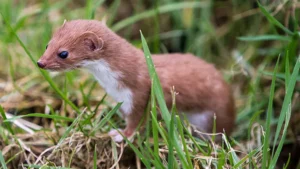
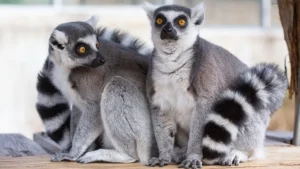
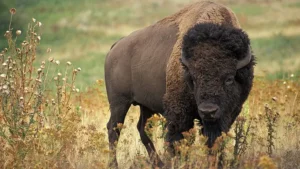


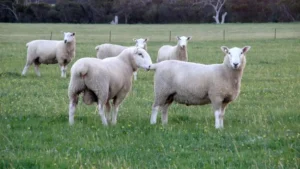

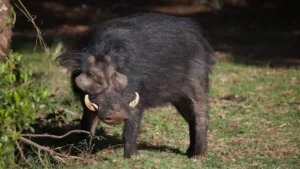
Leave your comment